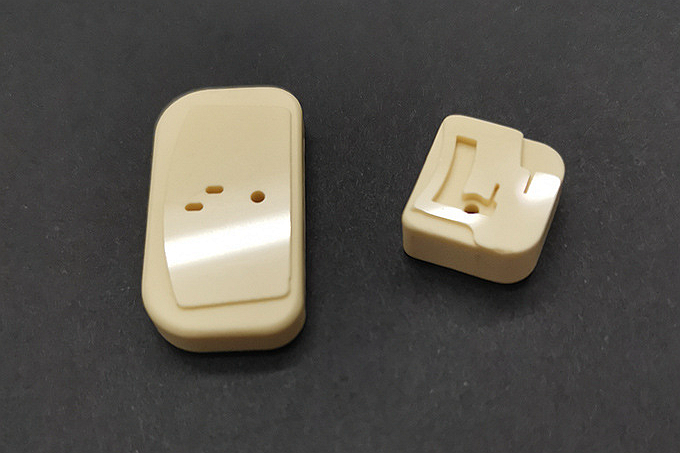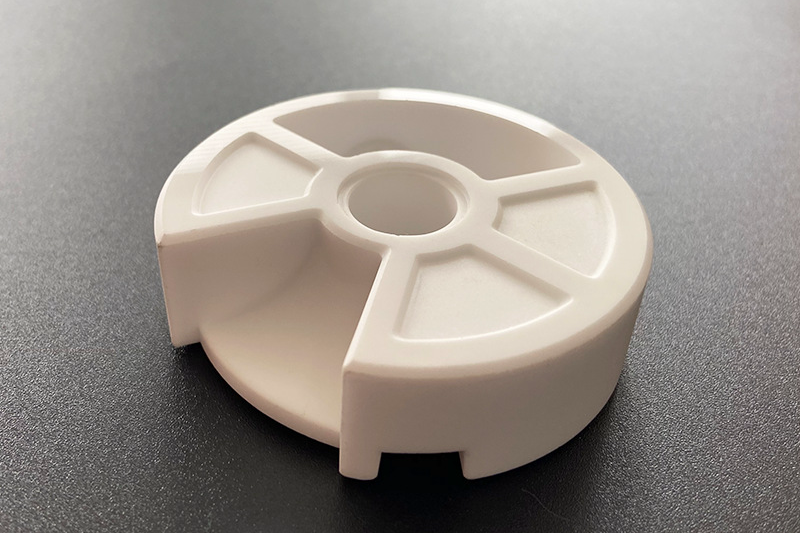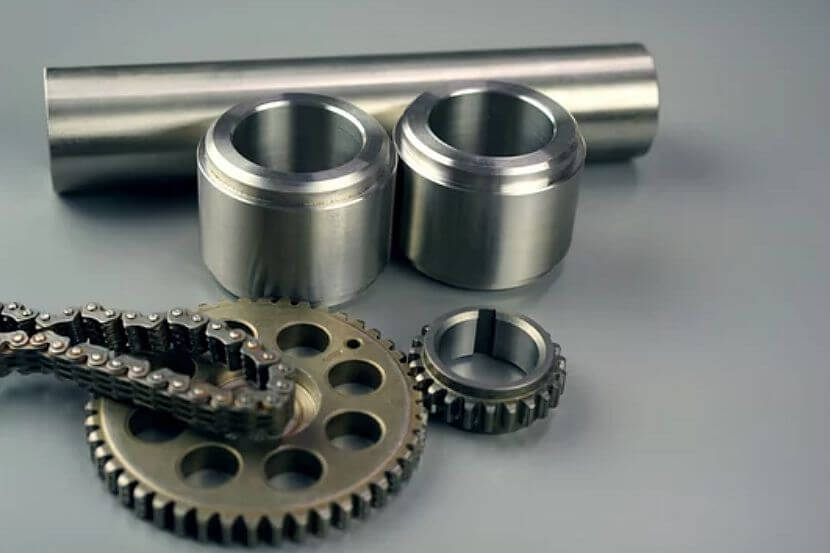How to balance lightweight requirements with thermal efficiency in telecom gear?
In telecom equipment design, lightweight requirements and thermal efficiency are not opposing goals, but they must be balanced at system level. Reducing mass in 5G radios, remote radio units, or AAUs cuts tower load and eases installation, but it also removes thermal mass and surface area that help dissipate heat. The key is to architect efficient heat paths using high-performance materials and optimized geometries, rather than simply thinning walls everywhere. Processes such as ceramic injection molding, aluminum die casting, and sheet metal fabrication allow engineers to combine low weight with robust thermal performance for telecommunication hardware.
Set the Thermal and Mechanical Envelope First
The starting point is to define allowable junction temperatures, ambient conditions, and maximum enclosure temperature for the target deployment. From there, you can estimate required thermal resistance from chip to ambient. This drives decisions on heat spreaders, heat sinks, and housing geometry. At the same time, wind loads, mounting constraints, and handling loads set minimum stiffness and strength targets. Using early prototyping and FEA enables quick iteration on wall thickness and ribbing patterns before freezing the architecture.
Use Materials with High Specific Thermal Performance
To balance weight and cooling, favor materials with good thermal conductivity and high strength-to-weight ratios. Die-cast aluminum alloys such as A380 enable thin-walled housings and integrated fins that efficiently move heat out while keeping mass low. For localized heat spreading or RF-critical parts, technical ceramics like alumina or zirconia produced via ceramic injection molding provide stable dielectric properties, high temperature capability, and corrosion resistance without adding excessive weight. For non-structural covers, high-performance polymers like PEEK can replace metal using plastic injection molding when RF shielding and thermal demands allow.
Optimize Geometry for Airflow and Conduction
Once materials are selected, geometry does most of the work. Integrating thin, tall fins and internal heat spreaders into cast housings routes heat directly to external surfaces. Complex internal channels and lattice structures can be evaluated using 3D printing prototyping before committing to tools. Strategic ribbing allows wall thickness to be reduced while maintaining stiffness and providing more external area for convection. For sheet-metal-based enclosures, precision-cut and bent parts from sheet metal fabrication can form lightweight ducts and baffles that guide airflow over hot zones.
Apply Surface and Coating Strategies Smartly
Surface treatments can improve durability and, in some cases, thermal behavior without significant weight penalty. For aluminum housings, anodizing or powder coating protect against corrosion and UV while maintaining acceptable emissivity. On critical hot spots, high-emissivity thermal coating or thermal barrier coating systems can be used to manage heat flow directionally without changing bulk geometry. The goal is always to “shape” the heat path, not to rely on heavy, overbuilt metal sections.
Validate Lightweight Design Through Realistic Prototypes
Finally, the balance between weight and thermal efficiency must be proven in hardware. Machined or cast prototypes generated via CNC machining prototyping and aluminum die casting allow realistic thermal and mechanical testing. By correlating simulation with measured temperature rise and deflection under load, engineers can safely remove more material where margins exist—or locally reinforce areas where thermal or structural limits are approached.



